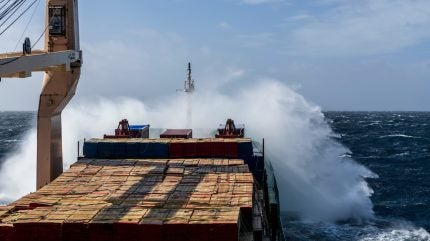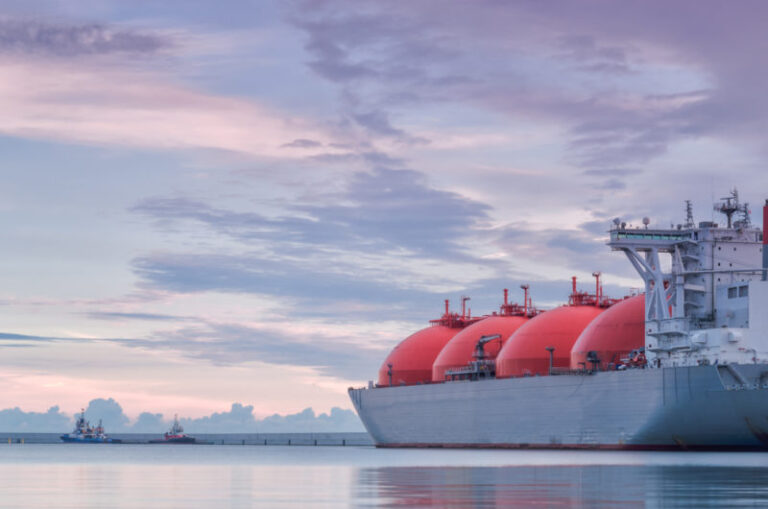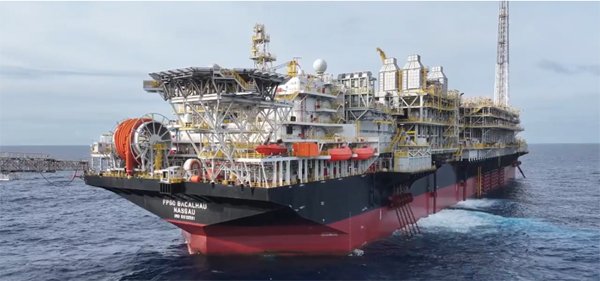

New data indicates that UK national meteorological service Met Office’s Shipping Forecast has become more accurate over the last ten years, supporting improvements in both safety and financial outcomes for maritime operations.
The Shipping Forecast, produced by the Met Office for the Maritime and Coastguard Agency (MCA), continues to be used by maritime professionals for operational and safety decisions.
Discover B2B Marketing That Performs
Combine business intelligence and editorial excellence to reach engaged professionals across 36 leading media platforms.
The data showed the progress made in Shipping Forecast accuracy for wind speed, wind direction, and sea state, wind direction forecasts record the highest rate of exact matches.
Forecasts for wind speed have also improved, showing a clear increase in accuracy over time despite some periods of variation.
Predictions for sea state show more fluctuation but have also recorded overall improvements in accuracy.
Figures show that wind speed prediction accuracy has risen from 72% to 82%, wind direction from 82% to 88%, and sea state from 64% to 75% between 2014 and 2024.
According to data, wind speed accuracy during the most recent 12-month period ranged from 71% in the Irish Sea to 89% in the Sole region, while wind direction accuracy was highest in Fitzroy at 94% and lowest in Tyne at 84%.
It noted that ongoing near-real-time monitoring, reporting, and discussions enable operational meteorologists to identify and address any negative performance trends.
Forecast verification involves comparing hand-written forecast text with both direct weather observations and high-resolution model analysis data, stated Met Office.
The Met Office compiles verification statistics for each sea area and regularly reports results to forecast users. This process is designed to identify and address any decline in forecast performance.
A new system, currently in prototype, automates the first draft of Shipping Forecast text using model data, according to the Met Office.
The trial results indicate that the automated output “has shown to be as accurate as text produced by Met Office Operational Meteorologists”.
Forecasters can then edit and refine the automated drafts, which is intended to save time and improve the final output.
Met Office operational verification scientist Michael Sharpe said: “We’re combining the latest probabilistic data from the Met Office’s post-processed model with automated text generation, while preserving the human expertise that mariners depend on for critical decision-making.
“The system represents an optimal blend of technological advancement and professional judgement, with potential for further AI enhancement to make the automated text even more closely matched to traditional Shipping Forecast style.”
The Shipping Forecast is a statutory requirement for the UK, delivered on behalf of the MCA and broadcast by the BBC.
The UK is also responsible for providing maritime safety information for METAREA I, covering the North East Atlantic and North Sea.



